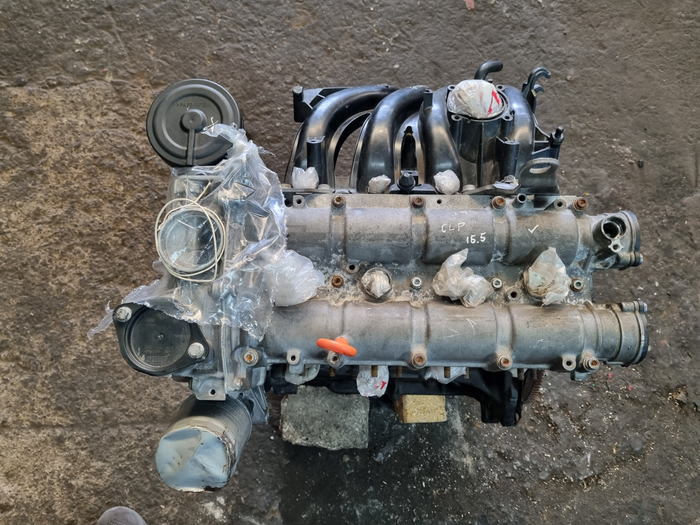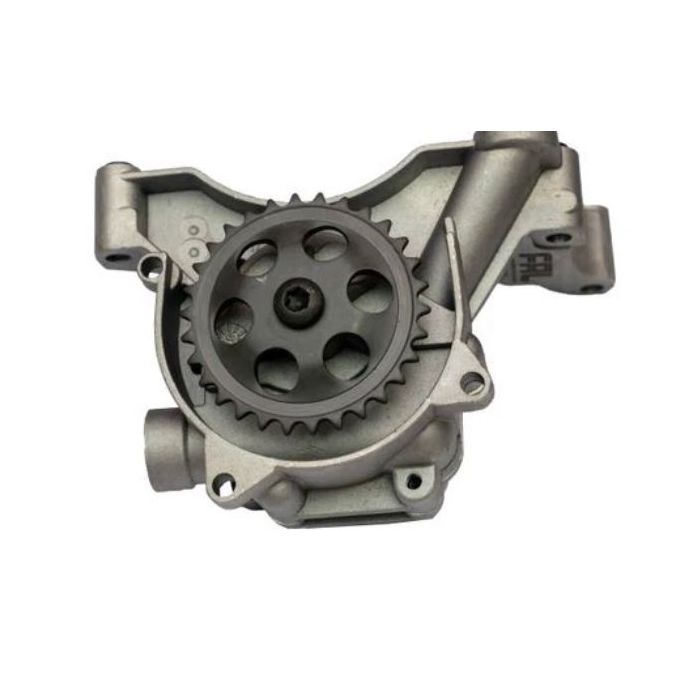Find the best clp engine for your specific needs.
Find the best clp engine for your specific needs.
Blog Article
How a Clp Engine Can Enhance Performance in Various Industries
The introduction of CLP engines notes a significant change in functional effectiveness across different markets, driven by their ability to enhance fuel consumption and reduce downtime. As organizations increasingly prioritize sustainability alongside efficiency, the role of CLP engines becomes even a lot more important.
Review of CLP Engines
CLP engines, or Continuous Fluid Propellant engines, stand for a significant improvement in propulsion modern technology, particularly for room applications. These engines use a constant feed system that enables the continual expulsion of propellant, leading to enhanced effectiveness and efficiency contrasted to conventional strong or hybrid propulsion systems. By keeping a continuous flow of liquid propellant, CLP engines can accomplish a lot more specific drive control, which is important for navigating spacecraft in different goal scenarios.
The style of CLP engines integrates sophisticated materials and cutting-edge fuel management systems. clp engine. This causes decreased weight and enhanced integrity, vital aspects for long-duration space objectives. Furthermore, the continuous operation minimizes the threat of combustion instability, an usual challenge in conventional rocket engines.

Benefits in Manufacturing
The production of Continuous Fluid Propellant (CLP) engines provides numerous remarkable benefits that enhance both performance and cost-effectiveness. One of the primary benefits is the streamlined production process, which reduces the complexity connected with traditional propulsion systems. By using fluid propellant, suppliers can achieve better accuracy in engine performance, causing optimized energy output and lowered waste.
Furthermore, CLP engines promote a higher level of modularity, permitting simpler assimilation into different production lines. This flexibility can substantially reduce lead times and enhance total functional flexibility. Using CLP innovation additionally has a tendency to reduce the demand for extensive maintenance as a result of less relocating parts, which equates right into minimized downtime and functional costs.

Applications in Logistics
Leveraging Continuous Liquid Propellant (CLP) engines in logistics uses substantial benefits in operational performance my blog and reliability. These engines offer a durable solution for various transport needs, allowing the seamless movement of items throughout substantial distances. The inherent layout of CLP engines allows for constant power result, which converts right into smoother and a lot more predictable transport timetables.
Among the vital applications of CLP engines in logistics is in sturdy freight transport, where they can drive both ground and aerial cars. Their ability to preserve high efficiency under varying tons problems ensures that delivery timelines are met, thus improving client contentment. In addition, CLP engines can be incorporated into automated logistics systems, helping with real-time tracking and optimizing route preparation.
Moreover, the durability of CLP engines lowers maintenance downtime, allowing logistics business to maximize their operational abilities. This is particularly advantageous in warehousing operations, where performance in taking care of and delivering items is critical. As logistics proceeds to evolve, the assimilation of CLP engines stands for a forward-thinking approach that not only enhances performance yet additionally sustains the sector's growing needs for reliability and rate.
Effect On Energy Efficiency
How do Constant Fluid Propellant (CLP) engines boost energy effectiveness in transport? CLP engines utilize a regular circulation of liquid fuel, enhancing burning processes and preserving a stable thrust result. This design reduces power losses connected with typical burning engines, where fuel shipment can differ and bring about inadequacies.
The constant procedure of CLP engines enables a more efficient thermal cycle, resulting in higher particular impulse compared to conventional engines. clp engine. This translates to lowered gas consumption for the exact same amount of job done, significantly reducing functional expenses across various transport sectors, consisting of aeronautics and maritime industries
Moreover, the capacity of CLP engines to preserve ideal performance under varying tons conditions decreases the requirement for regular velocity and slowdown, even more improving gas performance. Enhanced power efficiency not just adds to set you back savings yet more tips here also leads to reduce greenhouse gas exhausts, straightening with worldwide sustainability goals.
Future Trends and Innovations
Arising advancements in Constant Liquid Propellant (CLP) engine modern technology promise to reinvent the landscape of transportation efficiency and sustainability. As markets pivot toward greener options, CLP engines stand at the forefront, incorporating ingenious materials and design methodologies that boost performance while decreasing environmental impact.
One of the most promising trends is the fostering of crossbreed systems that integrate CLP engines with eco-friendly power sources. This synergy can optimize fuel intake and decrease emissions, straightening more helpful hints with global sustainability objectives. Innovations in computational fluid characteristics (CFD) are facilitating the style of more aerodynamically efficient engines, leading to lowered drag and boosted gas effectiveness.
Furthermore, the development of clever surveillance systems is readied to boost operational efficiencies. These systems utilize data analytics and IoT modern technology to maximize engine efficiency in real-time, ensuring that the engines operate within their most reliable criteria.
As research continues to check out alternate propellant formulations-- such as biofuels and artificial gas-- the future of CLP engines looks encouraging. By utilizing these developments, industries can not just improve their performance but also contribute considerably to a cleaner, a lot more sustainable future in transportation.
Verdict
In conclusion, CLP engines represent a significant advancement in effectiveness throughout several industries. The combination of innovative products and less relocating components reduces maintenance demands, while placement with sustainability goals positions CLP engines as a crucial technology for the future.
Report this page